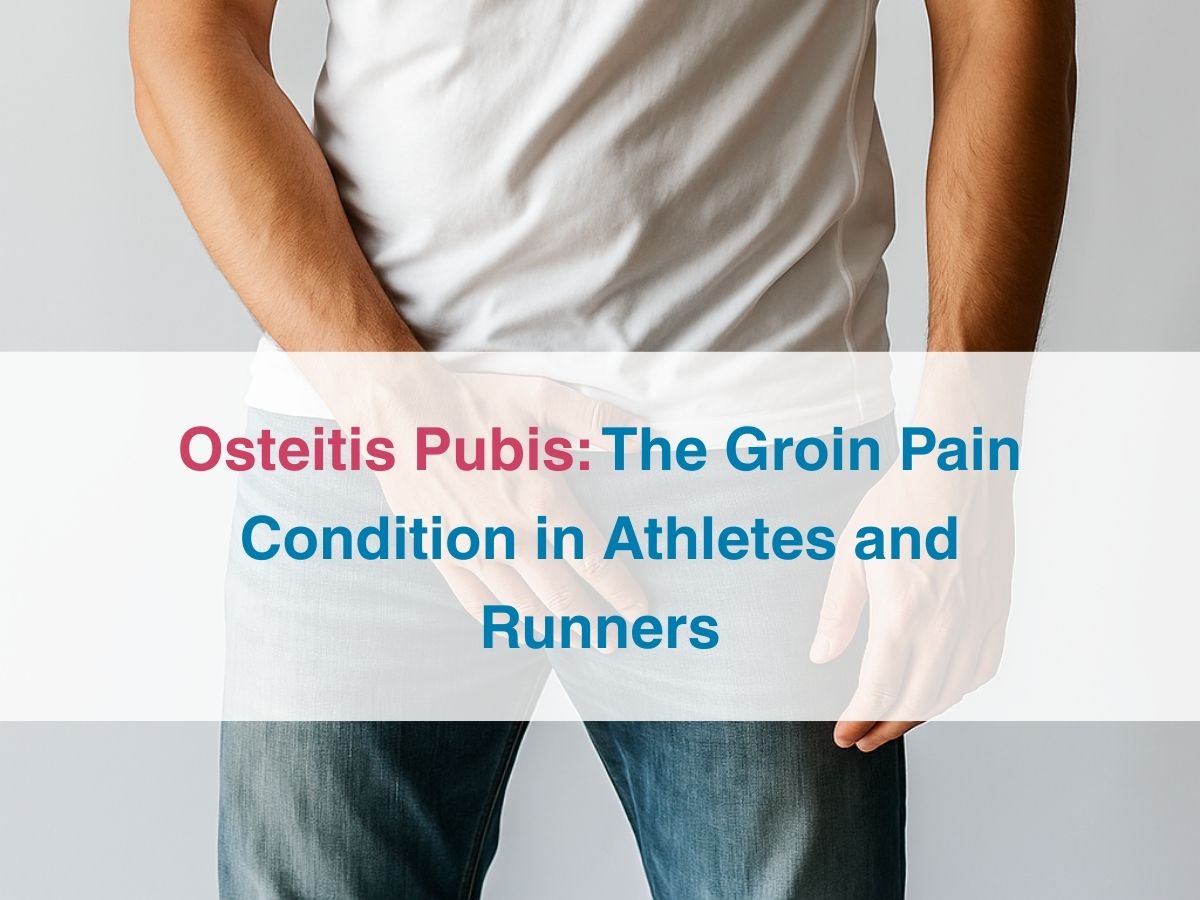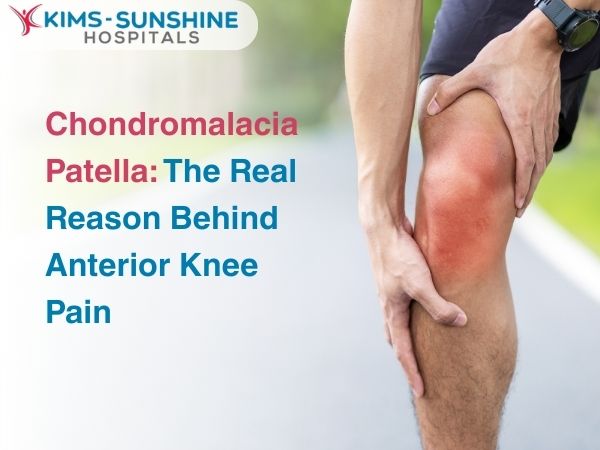
Osteitis Pubis: The Groin Pain Condition in Athletes and Runners

The bones in our body provide a strong framework internally, on which the muscles, tendons, ligaments and other connective tissue are connected to. This allows seamless movement in different directions and ways. When there is repetitive strain or injury of any bone, it can cause inflammation and severe pain in the affected region. Osteitis pubis is a common sports injury that affects athletes. But, the good news is – it can be treated and you can get back to life and training in a while.
What is Osteitis Pubis?
Osteitis- is the medical term used to indicate inflammation of bones. Pubis means the left and right pubic bones (collectively called the pubic symphysis) get affected, with this condition. When there is repeated usage of these bones and joints, wear and tear can cause inflammation. The pain can be intense and really hard to deal with. But, complete rest can help in most cases, though surgery may be needed for more severe cases, which don’t seem to get better with rest or non-surgical treatments.
Symptoms of Osteitis Pubis
Osteitis pubis is actually a kind of symphysis pubis dysfunction.So, you may have symptoms like lower abdomen pain, groin pain, pain in the inner thigh, not being able to walk normally, pressure above the pelvis, swelling and even pain in the genital area, respectively. This means that athletes, people who have given birth or are pregnant are more at risk of suffering from this condition. Other conditions like hip impingement can also cause osteitis pubis.
Causes of Groin Pain in Athletes
Athletes move very quickly or change directions often and this can cause the ligaments in your pubic symphysis to flex, repeatedly. With osteitis pubis, the cartilage and joint in general gets inflamed, making training impossible and treatment and rest very much necessary.
Diagnosis Of Osteitis Pubis (MRI, X-Ray)
Osteitis pubis is normally diagnosed using imaging- like X-Rays, MRI or with CT scans. This can tell your doctor the extent of damage and what kind of treatment approach will be needed.
Treatment For Osteitis Pubis
The best way for osteitis pubis to get better is to get good quality rest. For athletes, this can mean a total stop of all training and other physical activities, till the inflammation reduces and the joint heals. Physical therapy is very useful for better muscle health and control. Pain medications can be very useful in helping you deal with pain. Non-surgical therapies like corticosteroid injections and prolotherapy can be recommended in some cases too. But, if you don’t get any better with over 6 months of rest and other conventional modes of treatment, surgery may be needed. This can include repair of the cartilage at the pubic symphysis or helping strengthen your pelvic floor muscles. Recovery from surgery itself will take 4-6 months, so proper planning is also needed.
Conclusion
Rest and rehabilitation for groin pain are super important and their importance cannot be emphasised enough. When you give your joints enough time to heal, you can resume all physical activities from before, but in a gradual, phased manner. Physiotherapy can be used as a useful tool in this regard. Proper warm ups and cool down sessions are crucial and must not be missed. Athletes may worry too much about their down time, but healing takes time. This also means no training in between. So, talk to your coach, physiotherapist and doctor and see what can be done, so you can continue performing on the field, court or wherever else for as long as possible, after treatment, at your peak!






